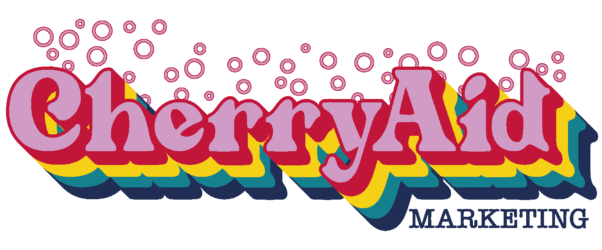You’ve probably got a blog on your website. And hopefully, you’re regularly adding juicy content to engage and help your audience, whilst improving your search engine optimisation (SEO). But did you know, you can reach a wider audience, save some time, and get the most out of your content by repurposing blogs.
What do you mean by repurposing blogs?
If you’ve gone to the trouble of writing (or having a copy writer doing it for you) blogs, then it doesn’t just need to stop on your website. There are many ways that the content can be used time and time again.
Here are some tips on what you could do to make the most of your content.
Breakdown content into manageable chunks
Start by breaking your content down into chunks. Divide it into sections and subsections. You can also create bullet points or checklists for each section, which makes it easier to read and understand. Additionally, you could use visuals such as diagrams or charts to illustrate certain points more clearly.
Identify what type of content you want to create

Now you have your bitesize chunks, what can you use it for? You could:
-
- film videos,
-
- record podcasts,
-
- create infographics and slideshows, or
-
- create text or images.
With the right editing and production, you can create an engaging video from the blog post that can be shared across multiple platforms. The same goes for creating text and images. These can be shared on social media platforms and in email marketing too.

Repurposing a blog as an infographic is a great way to share complex information in an easily digestible format. To do so, start by deciding which of your bite size chunks should be included in the infographic. Next, create a stylized design (Canva is a great tool for this) with a clear hierarchy of information. This could include using different font styles, colours, and shapes to draw attention to the important elements. Finally, use the infographic to highlight the main points of the blog, while also providing the necessary context and supporting information to help the audience better understand the content.
Where can you share your repurposed content?
The obvious answer here is on your social media, such as Facebook, Twitter, Instagram, and Pinterest, to engage with your followers. You can also use email marketing to reach out to your subscribers and let them know about new posts. You can add videos with links back to the blog on YouTube and social channels. Finally, you can use forums and discussion boards to engage with other bloggers and share your blog posts.
Test it out
Once you’ve created your content, try out different formats on different platforms to see what resonates with your audience. What works on what platform, may not be right for another so play about with it to see which format is more successful.
Revisit and refresh

Set time in your diary to revisit older content on a regular basis. Review the blog to make sure the content is still relevant, add to it if there is more to say, and give it a refresh as necessary. This, in turn, can then be repurposed again!
The 20/80 rule
By following these tips, you can effectively repurpose your blogs to reach a broader audience and get the most out of your content.
It’s said that 20% of your time should be spent creating a blog, 80% of the time and effort should be put in to repurpose and reuse the content. When you regularly spend time repurposing blogs, your social media, email marketing and other activities become much easier.
Give it a go and let me know how you get on.
Author
-

Gill is a professional marketing de-muddler (ok, marketing strategist, if we’re being formal). She creates impactful marketing strategies for managing directors, sales directors, CEOs, business owners, and other business leaders in retail, manufacturing, e-commerce, and product-based sectors. And, she makes those strategies happen — which means action! Right from the initial stages of planning, manufacturing, and logistics through to customer service, category management and more. . .
View all posts






